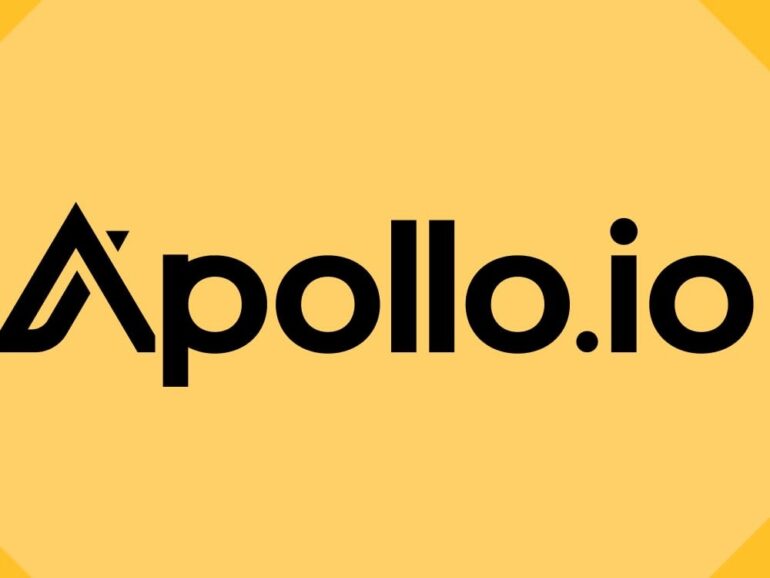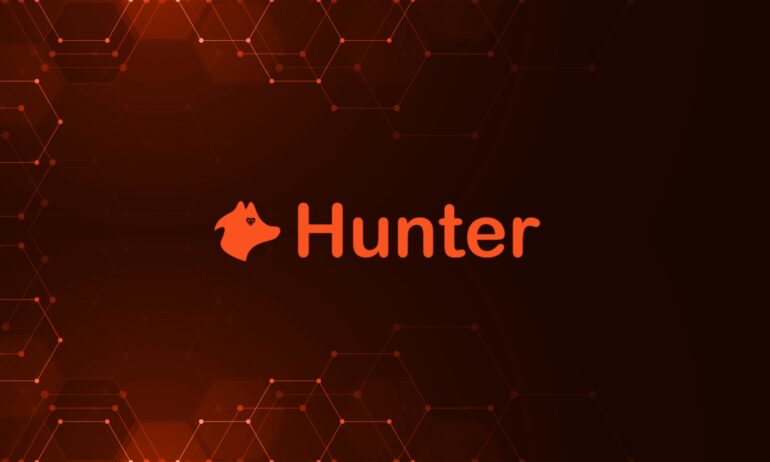Lead generation can feel like a wallet-eating monster if you don’t have the right tools. Some B2B teams are out here spending as if every lead comes dipped in gold, while others are quietly sipping coffee, pulling in the same quality of contacts for a fraction of the cost. The difference? They’re using smarter, leaner lead scraping tools.
If you’ve ever asked yourself why one team’s CRM is buzzing with fresh prospects while yours looks like tumbleweeds on a Tuesday afternoon, this article is for you. We’re diving into the best lead scraping tools for 2025, breaking down costs, features, and that all-important question: which one will actually help you stop overpaying for data?
Why Lead Scraping Still Matters in 2025

Sure, we’ve heard the speeches: “AI is automating everything” or “ads will bring the perfect customers to your doorstep.”
Reality check: ads are expensive, and AI still needs clean, targeted data to work with. That’s why lead scraping remains a powerhouse in B2B.
Lead scraping tools do the heavy lifting of pulling verified contacts, company info, and email addresses so your sales team isn’t cold-calling blind. They save time, reduce costs, and keep your pipeline from looking like a half-empty shopping cart.
Key highlights of why teams invest in lead scraping:
- Fresh, accurate contact data without paying inflated broker fees.
- Faster pipeline building compared to old-school manual research.
- Consistent flow of leads that keeps SDRs and AEs busy.
- Lower cost per acquisition when tools are optimized.
Smarter Spending: Tools That Focus on Cost Efficiency

Here’s where things get spicy. Some tools look sleek but chew through your budget like a teenager in a pizza buffet. Others quietly deliver results without leaving your finance team in tears.
That’s why a growing number of B2B leaders are shifting to tools built with affordability in mind. If your priority is cutting lead generation costs without sacrificing accuracy, you’ll want to look at platforms offering scalable pricing, integrations with CRMs, and transparent credit systems. The best part? You don’t need to drop enterprise-level cash to play in the big leagues anymore.
So the real question isn’t “Can we afford a lead scraping tool?” but rather “How much are we wasting by not using one?”
Comparing the Best Lead Scraping Tools in 2025
Sometimes you just want the cheat sheet. Here’s a quick comparison of top players on the market this year.
| Tool | Best For | Standout Feature | Pricing Model |
| Apollo Scraper (via ScraperCity) | Affordable, scalable prospecting | Deep Apollo.io extraction with custom filters | Pay-per-credit, budget-friendly |
| ZoomInfo | Large enterprises | Extensive database, intent signals | Subscription (pricey) |
| Hunter.io | Email validation & outreach | Domain-based email search | Credit-based |
| Lusha | Mid-size teams | Chrome extension for quick grabs | Seat-based pricing |
| PhantomBuster | Automation lovers | Pre-built scraping workflows | Tiered subscription |
| Clearbit | Enrichment-focused teams | Real-time firmographic data | Usage-based |
This table doesn’t just show who’s shiny and who’s reliable—it shows which ones will fit your style of growth. Now, let’s unpack them.
1. Apollo Scraper: Lean Prospecting Without the Bloat

Apollo’s platform has become the poster child for scraping done right. Instead of drowning users in unnecessary features that inflate the bill, it leans into speed, accuracy, and simplicity. Sales teams aren’t paying for glitter — they’re paying for results. And that’s the real appeal.
The tool is already showing how affordable scraping can mean cutting lead generation costs without sacrificing performance. For smaller teams, that’s huge. Imagine running lean prospecting campaigns that actually feel lightweight – no bloated dashboards, no contracts that read like a phone book, just straight-to-the-point data that fuels outreach. That’s why Apollo keeps getting mentioned in conversations about the future of efficient lead scraping.
- It automates data pulls directly from Apollo.io.
- Lets you apply laser-focused filters (industry, role, location).
- Avoids the “you need enterprise pricing to unlock this” trap.
For B2B teams that don’t want to overspend, it’s a refreshing option. Think of it as buying only the pizza slices you’ll eat, instead of paying for the whole pie.
2. ZoomInfo: The Corporate Cadillac
ZoomInfo has the bells, the whistles, and even a couple of sirens. It offers intent data, direct dials, and integrations that feel like magic. But here’s the kicker—it costs a small fortune.
For enterprise teams with deep pockets, ZoomInfo is worth it. For smaller players, though, it’s like fueling a race car for a trip around the block. Unless you’re ready to go all-in, the ROI can be questionable.
3. Hunter.io: Email Sleuthing Made Simple

Hunter.io is like that friend who always knows “someone who knows someone.” It specializes in finding email addresses tied to domains and validating them.
It’s not a full-fledged scraping tool, but it’s fantastic for email-first prospecting. Affordable, straightforward, and best used in combination with other tools. Think of it as your data wingman.
4. Lusha: The Chrome Ninja
Need quick data while scrolling LinkedIn? Lusha’s Chrome extension makes prospecting feel almost too easy. Pop it open, grab verified contacts, and move on.
It’s well-suited for mid-size sales teams that need agility without complicated setups. Pricing is seat-based, which can add up, but for teams that live inside browsers, it’s a solid fit.
5. PhantomBuster: Automation Playground
PhantomBuster isn’t just a scraper—it’s an automation Swiss army knife. Want to scrape LinkedIn, auto-send connection requests, and build outreach lists? It can handle that.
The catch: it requires some setup. If your team loves tinkering with workflows, PhantomBuster shines. If not, you might find it overwhelming.
Still, for those who embrace its flexibility, it’s like building your own lead-gen machine from spare parts.
6. Clearbit: Enrichment at Its Finest
Clearbit takes the leads you already have and turns them into a goldmine of context. Firmographics, tech stack, funding rounds—it’s the tool that makes your SDRs sound like private investigators.
It’s not the cheapest, but enrichment is where it earns its keep. When your team wants deeper insight into prospects before outreach, Clearbit is the ace up your sleeve.
Don’t Ignore Data Hygiene

Here’s a truth bomb: scraping more leads isn’t always the solution. If your database looks like a messy closet, adding more contacts only makes it harder to find the good ones.
Always combine scraping with regular validation and cleansing. Tools like NeverBounce or ZeroBounce ensure your email deliverability doesn’t tank. Bad data is like putting spoiled milk in your coffee—it ruins everything.
Choosing the Right Tool for Your Team
So, how do you pick the winner? Start by asking:
- Do we need bulk leads, or hyper-targeted lists?
- Is cost our biggest pain point, or is it data depth?
- Do we want a plug-and-play solution, or a customizable one?
The best part about 2025 is that you don’t have to choose between affordability and functionality.
In the end, the right tool is the one that matches your workflow, not just the one with the loudest marketing campaign.
Final Thoughts
Lead scraping in 2025 isn’t about chasing shiny dashboards—it’s about efficiency. The winners are teams that cut through the fluff, invest in the right tools, and keep their cost per lead in check.
So, whether you’re the scrappy startup looking for cost-effective solutions or the seasoned enterprise that can justify premium data, the message is the same: smarter scraping means stronger pipelines.
And remember, no tool will close the deal for you. But with the right scraper, you’ll finally stop paying champagne prices for tap-water leads.

